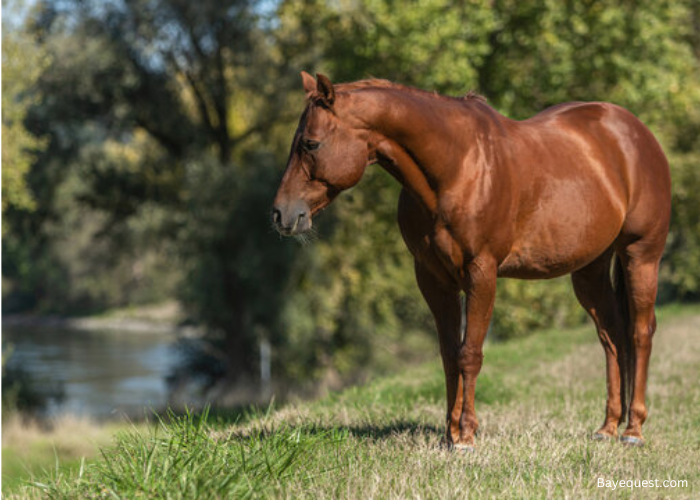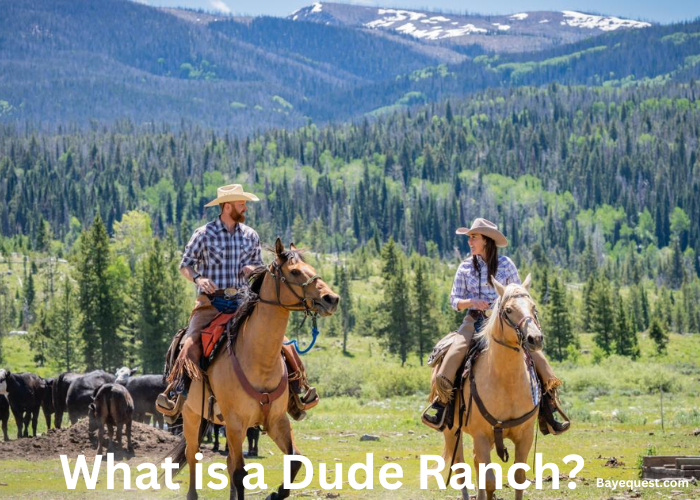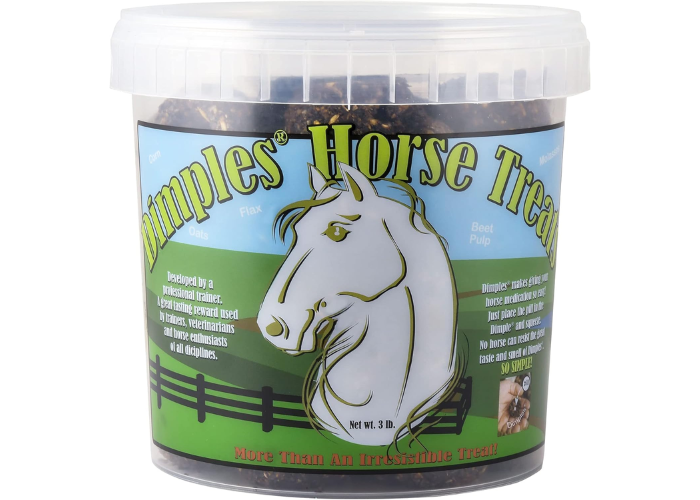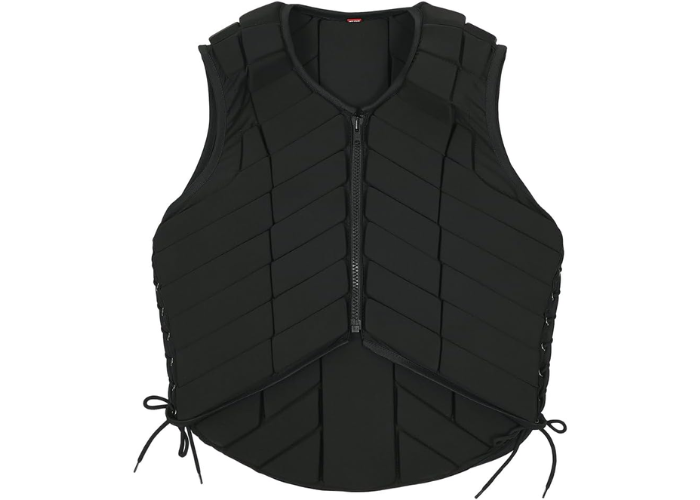Chestnut horses are everywhere, but not everyone knows what makes them chestnut. They’re not a special breed or rare type.
It’s all about the color. That rich red or reddish-brown coat is what sets them apart.
No black points, no flashy patterns. Just solid, bold color from mane to tail.
Still, many people confuse them with bays or sorrels. In this blog, we’ll clear that up.
We’ll explain what a chestnut horse is, what it isn’t, and why so many breeds carry this classic color.
Let’s get into it.
What is a Chestnut Horse?
A chestnut horse is a horse with a solid reddish-brown coat. The mane and tail are usually the same shade as the body, or lighter, but never black.
Chestnut isn’t a breed; it’s a coat color found across many breeds like Thoroughbreds, Arabians, and Quarter Horses.
What makes it unique is the lack of black hairs anywhere on the body. Even the legs and ear tips are red-toned.
This color is caused by a specific gene that blocks the production of black pigment, resulting in shades that range from light golden red to deep liver chestnut.
Chestnut Horse Color Genetics
The chestnut color is controlled by a recessive gene at the Extension (E) locus. For a horse to be chestnut, it must inherit two copies of the recessive e allele, one from each parent.
That means its genetic code at this location is e/e.
This gene blocks the production of black pigment, allowing the horse to display only red-based colors. That’s why chestnuts never have black manes, tails, or legs.
Even if the parents aren’t chestnut themselves, they can still pass on the e gene. Two bay or black horses can produce a chestnut foal if both carry the recessive e allele.
Chestnut horses can still carry other color-modifying genes.
For example, a flaxen chestnut has a light mane and tail due to a modifier. A liver chestnut has a darker, chocolate-red coat, but the genetic base is still e/e.
In short, if a horse has no black pigment and two recessive e genes, it’s chestnut.
Variations of the Chestnut Color
In this section, we’ll break down the most common variations of the chestnut color and what sets each one apart.
Mealy Chestnut (Pangaré Chestnut)
This chestnut horse has pale or creamy areas on its belly, muzzle, flanks, and inside the legs. These lighter zones come from the pangaré gene, not from aging or sun.
It gives the horse a faded or “sooty” look, even if the main body is dark red. It’s most noticeable on lighter chestnuts but can appear on darker ones too.
Liver chestnut
Liver chestnut horses have very dark, reddish-brown coats. They may look almost black in low light, but they have no black points.
The mane and tail match the dark body or are slightly lighter. This is one of the rarest and richest-looking chestnut shades.
Often confused with bay horses, but liver chestnuts don’t have black legs or mane.
Flaxen chestnut
These horses have a red or copper-coloured body, accompanied by a light mane and tail, in colours such as cream, gold, or white.
The contrast makes them stand out and gives a palomino-like appearance. However, they don’t carry the cream gene like palominos.
The flaxen trait varies in intensity. Some individuals appear dramatically two-toned, while others exhibit only a slight difference in colour.
Light chestnut
Light chestnuts have a pale, golden-red coat. They are brighter and more coppery than other chestnuts.
The mane and tail usually match the body or are just a shade lighter. They’re easy to confuse with palominos at a glance, but light chestnuts have no cream dilution.
Classic/Red chestnut
This is the most typical chestnut color. The horse has a rich, medium-red coat with a matching mane and tail.
No black hairs, no dramatic contrast, just solid red throughout. It’s the baseline for the chestnut category and is very common in many breeds.
Horse Breeds With Chestnut Coloring
1. Thoroughbred. Chestnut is one of the most common colors. Many elite racehorses, like Secretariat, wore it with pride.
2. American Quarter Horse. Often called sorrel in Western circles, chestnut is one of the top coat colors in this powerhouse breed.
3. Arabian. Chestnut Arabians often have a glowing, polished look. It’s a popular color in both halter and performance lines.
4. Morgan Horse. Chestnut Morgans are known for their deep, rich coats and strong presence in both show and pleasure riding.
5. Belgian Draft. Most Belgians are chestnut with pale flaxen manes. The color is iconic and instantly recognizable.
6. Haflinger. Every Haflinger is chestnut by breed standard. Their golden coats and light manes are part of the breed’s charm.
7. Tennessee Walking Horse. Chestnut is widely seen and looks especially striking with this breed’s smooth, floating gait.
8. American Saddlebred. Chestnut Saddlebreds often turn heads in the ring with high-stepping action and bold white markings.
9. Icelandic Horse. This hardy breed comes in almost every color, chestnut included. The thick mane and coat make it even more eye-catching.
10. Paint Horse. Chestnut appears frequently as a base color beneath their signature white patches, especially in sorrel and white combinations.
11. Paso Fino. Chestnut Paso Finos are elegant and expressive. The color highlights their flashy movement and refined build.
12. Rocky Mountain Horse. While chocolate flaxen is the signature, chestnut does appear, especially in horses bred outside show lines.
13. Standardbred. Chestnut is fairly common in trotters and pacers. Often solid-colored, they have a no-nonsense, athletic look.
14. American Warmblood. Thanks to their mixed European bloodlines, chestnut shows up regularly in sporthorse types.
15. Irish Sport Horse. Chestnut pops up in these athletic jumpers, especially those with Thoroughbred influence.
16. Suffolk Punch (Suffolk Draught). Chestnut isn’t just common, it’s the only color allowed. Every Suffolk Punch is chestnut by default.
17. Welsh Mountain Pony (Section A). Chestnut is one of several accepted colors. It’s popular in show rings for its soft glow and neat appearance.
18. Hanoverian. This elite warmblood often comes in chestnut. The color is common in both dressage and show-jumping lines.
19. Peruvian Paso. Chestnut coats highlight the breed’s smooth lines and proud carriage. It’s a standard color in the registry.
20. Falabella. Miniature but mighty, Falabellas come in many colors, chestnut included, sometimes with flaxen manes or white markings.
21. Budyonny Horse. Chestnut is the dominant color in this Russian sport breed. It reflects the Thoroughbred and Don Horse ancestry.
Chestnut Vs Similar Colors
Let us compare chestnut to similar colors like bay, sorrel, and palomino, so you can spot the differences with confidence.
Chestnut Vs Bay
Chestnut and bay horses may look similar at first glance, but there’s one major difference: black points.
Bay horses have a reddish-brown body with a black mane, tail, and lower legs. Chestnut horses, on the other hand, have no black anywhere.
Their coat, mane, and tail are all red or reddish-brown, sometimes with lighter or darker shades, but always matching.
Even a dark chestnut will never have black legs. This single detail, black points vs. red all over, is the easiest way to tell them apart.
Read more here: Defining Features of a Bay Horse.
Chestnut Vs Sorrel
Chestnut encompasses a broader spectrum of red-based colors, ranging from pale, yellowish-red tones to deep, rich browns that almost appear burgundy.
The depth and intensity of the chestnut coat can vary depending on the horse’s age, health, and even the season.
Often warm and earthy in tone, chestnut horses may have subtle shade variations across their bodies, with some areas appearing darker or lighter.
Sorrel, by contrast, refers to a more uniform reddish-copper color. It’s vivid and fiery, resembling the bright coat of a fox.
Unlike chestnuts, sorrels rarely show much variation in shading and tend to have a more consistent, eye-catching glow.
Chestnut Vs Palomino
Chestnut and palomino horses both have red-based genetics, but the difference lies in a dilution gene.
A chestnut horse has a solid red or reddish-brown coat with a matching mane and tail, sometimes lighter, but never white or cream.
Palominos, on the other hand, are chestnuts with one cream dilution gene. This gene lightens the red coat to a golden or buttery gold and turns the mane and tail a pale cream or white.
While chestnuts have a warm, earthy tone, palominos have a more golden hue and often shine like sunlight. The genetic base is the same, but that one cream gene changes everything.
Chestnut Vs Dun
Chestnut and dun horses are easy to confuse until you look at the details.
A chestnut horse has a red or reddish-brown coat with a mane and tail that match or are slightly lighter, never black. The color is solid and warm, with no special markings.
A dun horse, however, has a dilution gene that lightens the body color and adds primitive markings like a dorsal stripe, leg barring (zebra stripes), and shoulder shading.
Duns can have a red (called red dun), yellow, or grayish coat, but those distinctive markings set them apart.
Chestnuts don’t have these traits. No stripes, no dilution, just pure red.
Chestnut Vs Red Roan
Chestnut and red roan horses both have red-based coloring, but the coat pattern is what sets them apart.
A chestnut horse has a solid red or reddish-brown coat with a matching or slightly lighter mane and tail. The color is consistent across the body.
A red roan, on the other hand, features a mix of white hairs evenly distributed throughout the coat, giving it a frosted or speckled appearance.
The head, mane, tail, and lower legs usually remain solid red, while the body looks lighter and more textured. Chestnuts are solid-colored; red roans have that distinct roaning pattern.
Chestnut Horse Personality
Chestnut horses have fiery, bold personalities, but that’s more myth than fact. Personality isn’t determined by coat color, but by breed, training, handling, and individual temperament.
That said, some riders describe chestnut mares as opinionated or high-spirited, giving rise to the term “chestnut mare syndrome.”
Still, there’s no science behind it. Plenty of chestnut horses are calm, gentle, and eager to please.
Like any horse, their behavior reflects how they’re raised, not how they’re colored. So while the chestnut coat might be flashy, the personality underneath depends on the horse, not the hue.
Care and Grooming Tips for Chestnut Horses
Chestnut horses have warm, red-toned coats that can shine with the right care, but they’re also prone to sun fading and visible dirt.
Here’s how to keep their coat looking rich and healthy:
1. Regular brushing. Use a soft body brush daily to remove dust and bring out natural oils. Pay extra attention to the back and flanks where dust tends to settle.
2. Manage sun fading. Chestnut coats can bleach out to a dull orange in the sun. To prevent this, limit sun exposure during peak hours or use a UV-protective fly sheet if the horse is turned out all day.
3. Bathing and coat enhancers. Use shampoos made for red or warm-toned coats to enhance shine. Avoid over-bathing. Once a month is usually enough unless they get extra dirty.
4. Diet for coat health. A balanced diet with omega-3s, vitamin E, and biotin helps maintain a glossy, healthy coat. Flaxseed or coat supplements can make a big difference.
5. Tack stains and sweat marks. Chestnuts often show dried sweat and saddle marks clearly. After each ride, wipe down sweat-prone areas with a damp cloth to keep the coat clean.
Famous Chestnut Horses
Here are some of the most iconic horses:
1. Secretariat
Possibly the most famous racehorse of all time. This bright chestnut Thoroughbred won the Triple Crown in 1973 and still holds track records at the Kentucky Derby, Preakness, and Belmont Stakes.
2. Man o’ War
Another chestnut legend, Man o’ War won 20 of his 21 races in the early 1900s. He became one of the most influential sires in Thoroughbred history.
3. Phar Lap
A chestnut gelding from New Zealand, Phar Lap dominated Australian racing in the 1930s. He became a national hero during the Great Depression.
4. Valegro
Although often described as bay, Valegro’s reddish tint and fame in dressage make him worth mentioning. He and Charlotte Dujardin won multiple Olympic golds and World titles.

Fun Facts About Chestnut Horses
1. Chestnuts never have black manes, tails, or legs. If you see black, it’s not a chestnut.
2. Chestnut is one of the oldest and most widespread horse colors across many breeds worldwide.
3. Some chestnuts have creamy or blonde manes and tails called flaxen, but it’s not caused by any dilution gene.
4. This breed is exclusively chestnut, always paired with a light or flaxen mane and tail.
5. Both parents must carry the chestnut gene (e/e) for a foal to be born chestnut, even if neither parent looks red.
6. Chestnuts can range from golden-red to deep liver, and many show subtle shade shifts across the body.
7. Some people believe chestnut mares are more fiery or moody, but there’s no scientific proof. It’s all personality, not pigment!
8. A well-groomed chestnut coat can glow with a warm, eye-catching sheen, especially in summer.
FAQs
Is chestnut the same as sorrel?
Yes, chestnut and sorrel are genetically the same color. The difference is mostly regional and based on tradition. “Sorrel” is commonly used in Western riding to describe lighter red horses, while “chestnut” is the broader term used in English disciplines and registries.
Do chestnut foals stay chestnut?
Yes, chestnut foals stay chestnut for life. Their coat color may darken or lighten slightly with age, but they will always remain within the chestnut color range because they carry two copies of the chestnut gene (e/e).
Can a chestnut horse have black points?
No, chestnut horses cannot have black points. A true chestnut will never have a black mane, tail, or lower legs. If a horse has black points, it is likely a bay, not a chestnut.
Conclusion
Chestnut horses aren’t just easy on the eyes. They’re rich in variety, history, and charm.
From bright sorrels to deep liver tones, no two are exactly the same. And while their fiery coats may steal the spotlight, their personality depends on the horse, not the color.
Whether you ride Western, English, or just admire from afar, knowing what makes a chestnut stand out helps you appreciate them even more.
So next time you spot one in the field, you’ll see more than red, you’ll see a classic with character.


 Click To Subscribe
Click To Subscribe





